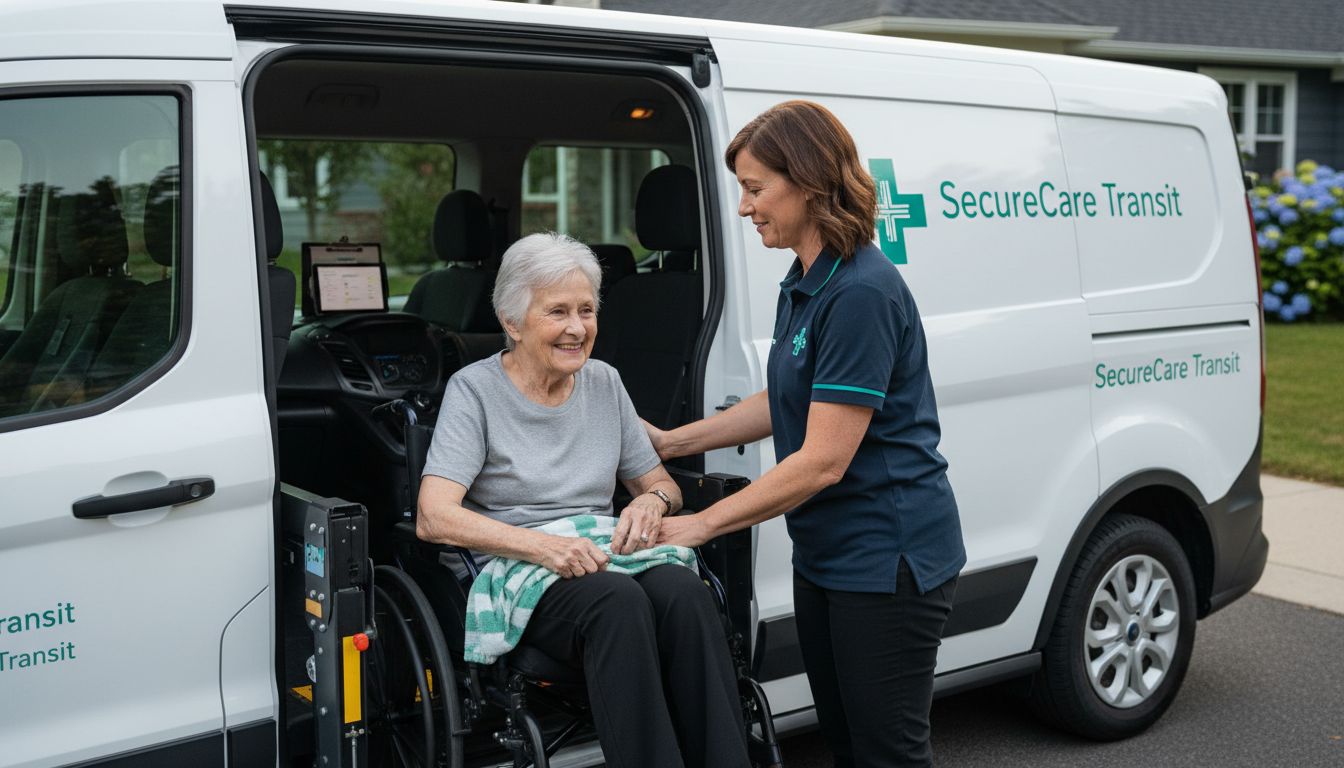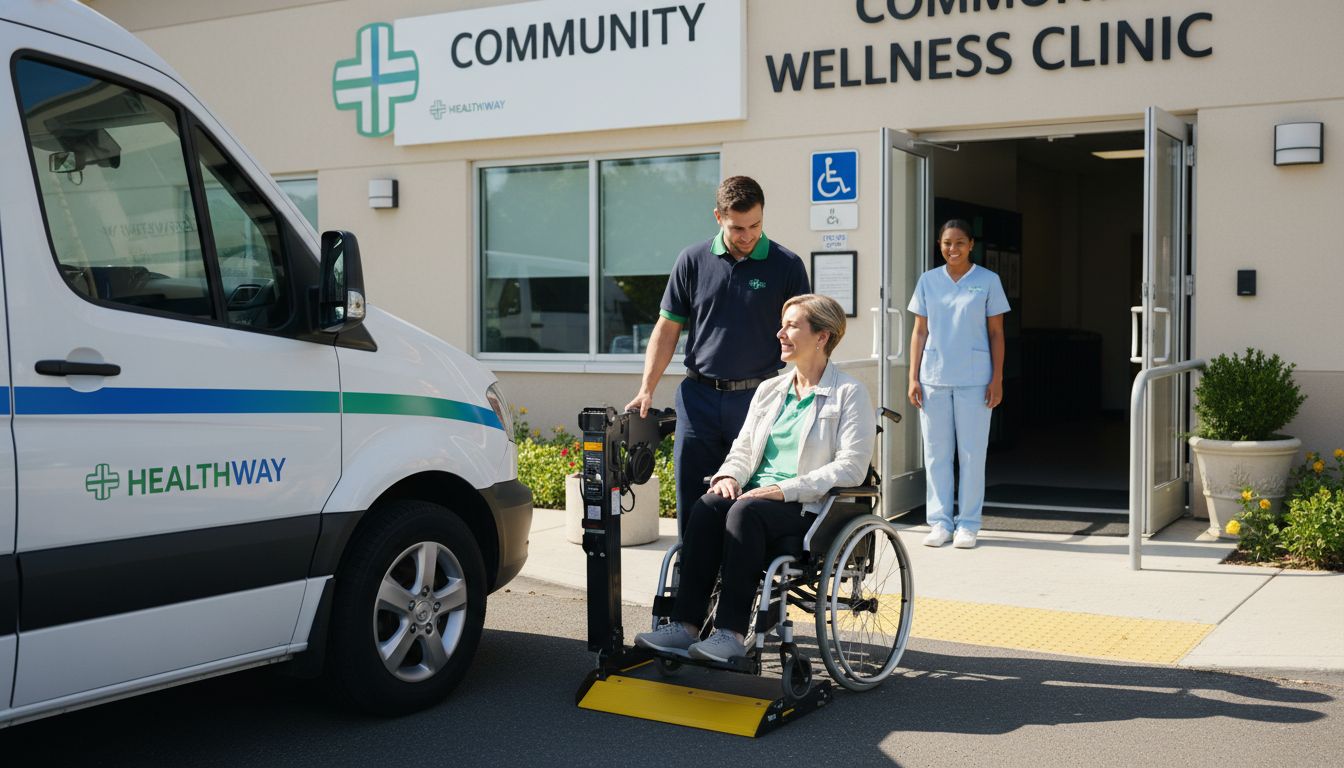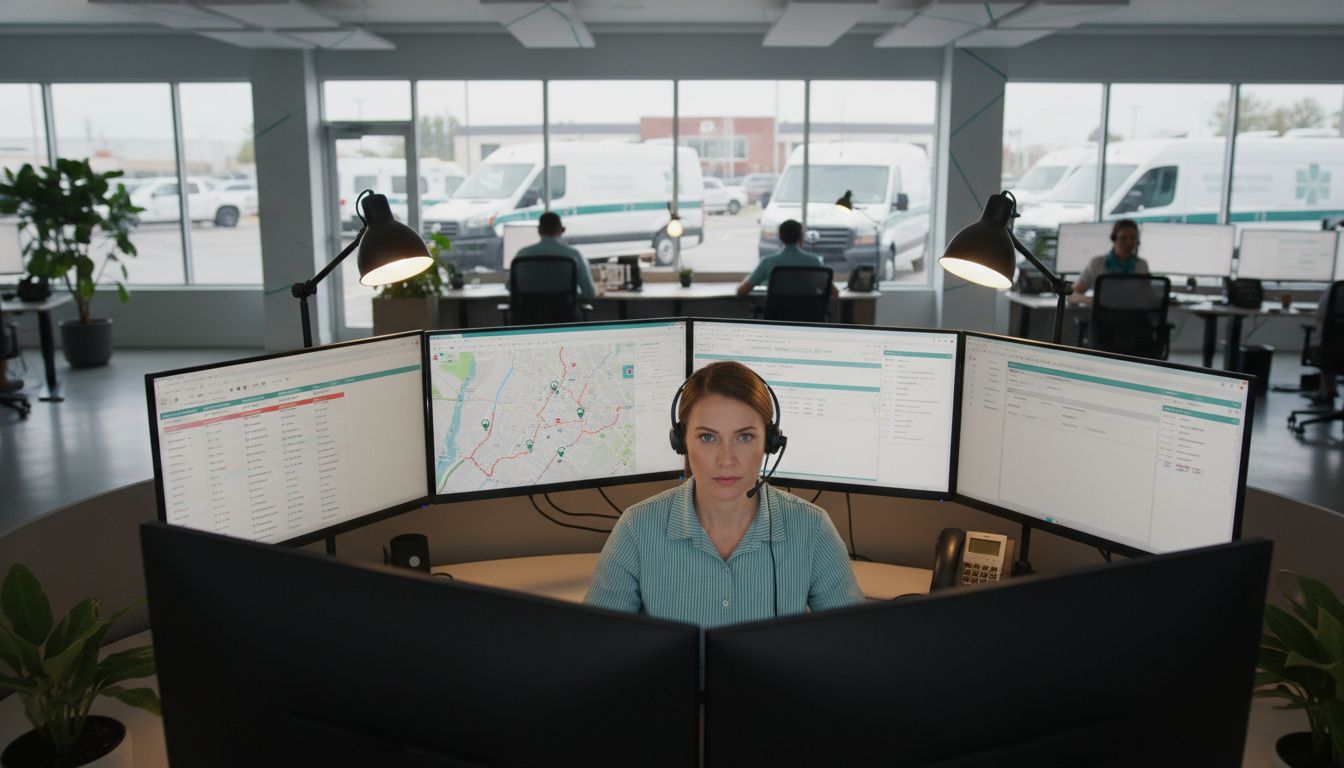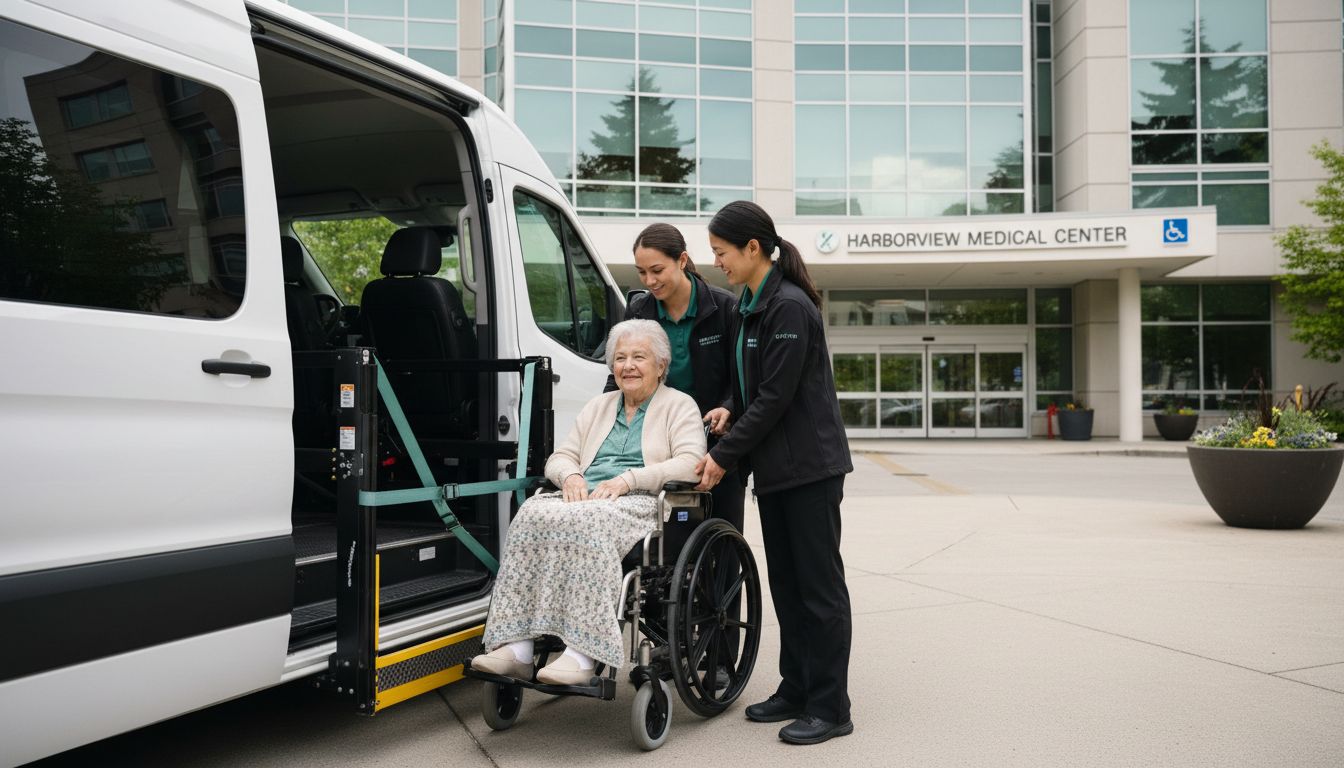Complete Guide to Home Care Logistics Workflow

Nearly 12 million Americans rely on home healthcare each year, yet the process behind these services is more complex than most people realize. Efficient home care logistics have become a driving force in delivering high-quality medical support outside of hospitals. From digital scheduling to real-time communication, these systems help ensure patients receive safe, timely, and personalized care wherever they live.
Table of Contents
- Defining Home Care Logistics In Healthcare
- Digital Ecosystems And Process Automation
- Scheduling, Coordination, And Real-Time Updates
- Compliance, Security, And Communication Standards
- Managing Costs, Vendors, And Performance Metrics
Key Takeaways
| Point | Details |
|---|---|
| Home Care Logistics Enhance Patient Experience | They facilitate personalized care delivery by coordinating medical services and support in the patient’s home, leading to improved overall outcomes. |
| Digital Ecosystems Improve Efficiency | The integration of advanced technologies automates processes, enhances communication, and boosts operational efficiency in home healthcare. |
| Real-Time Coordination is Critical | Effective scheduling and real-time updates enable more responsive healthcare delivery and allow providers to adapt quickly to changing patient needs. |
| Compliance and Security are Essential | Adhering to regulations and implementing robust communication standards safeguard patient data and ensure high-quality care delivery. |
Defining Home Care Logistics in Healthcare
Home care logistics represent a sophisticated operational framework that transforms how medical services are delivered directly to patients in their personal environments. According to the American Medical Association, these logistics involve intricate processes of scheduling, coordination, and transportation designed to ensure timely and efficient patient care.
Home care logistics fundamentally bridge the gap between traditional healthcare settings and patient-centered care models. By systematically organizing medical and non-medical services, these logistics enable healthcare professionals to extend comprehensive support beyond hospital walls. As outlined by the Department of Health and Human Services, this approach encompasses coordinating healthcare professionals, medical equipment, and critical support services to create a seamless care experience.
Key components of home care logistics include:
- Precise medical scheduling and appointment management
- Efficient transportation coordination
- Medical equipment delivery and tracking
- Real-time communication between healthcare providers
- Patient record management and data synchronization
At its core, home care logistics transform healthcare delivery by prioritizing patient convenience, reducing system friction, and creating more personalized medical experiences. Learn more about patient logistics in our comprehensive guide to understand how technology is revolutionizing healthcare coordination.
Digital Ecosystems and Process Automation
Digital ecosystems represent a transformative approach to home healthcare, integrating advanced technologies to streamline complex medical processes. According to the Agency for Healthcare Research and Quality, these ecosystems leverage interconnected digital tools to enhance communication among caregivers and significantly improve patient outcomes through automated systems and sophisticated data sharing.
Process automation has become a critical component in modernizing home healthcare delivery. By implementing digital tools that manage patient information, schedule visits, and monitor health metrics, healthcare providers can dramatically reduce manual administrative tasks. AHRQ’s digital research highlights how these technological interventions increase operational efficiency and create more responsive patient care environments.
Key technological components of digital healthcare ecosystems include:
- Integrated electronic health record systems
- Automated scheduling and coordination platforms
- Remote patient monitoring technologies
- Secure communication channels for healthcare providers
- AI-driven predictive analytics for patient care
These digital ecosystems are not just technological upgrades but fundamental reimaginings of healthcare delivery.
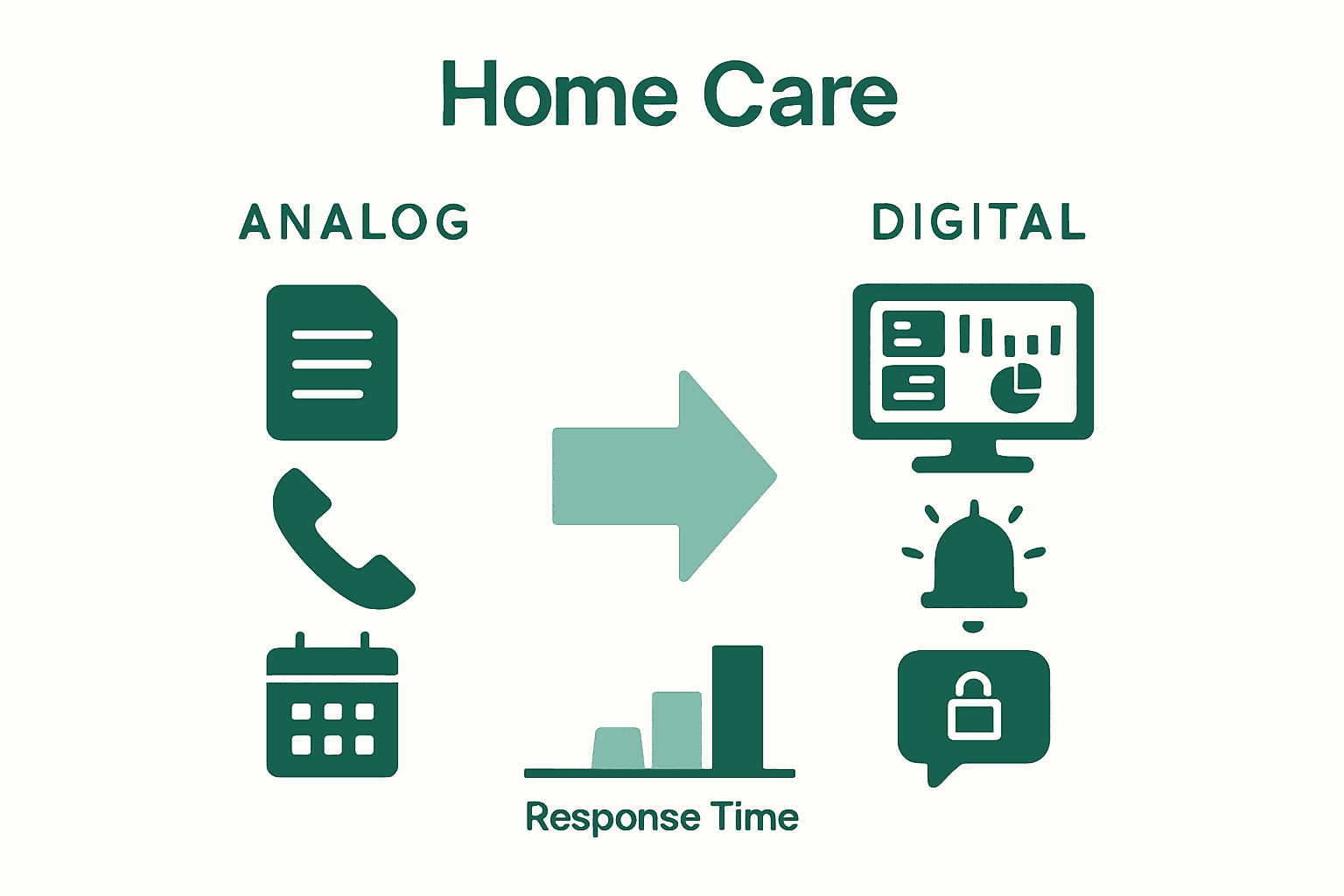
By breaking down traditional communication barriers and creating seamless, data-driven workflows, they enable more personalized, proactive, and efficient patient care. Explore the latest healthcare workflow automation trends to understand how technology is revolutionizing medical service delivery.
Scheduling, Coordination, and Real-Time Updates
Home care logistics demand precision and adaptability, with scheduling and coordination emerging as critical components of effective patient care. According to the National Academies Press, successful home healthcare requires integrated systems that provide real-time updates to caregivers and patients, ensuring timely service delivery and the ability to quickly adapt to changing patient needs.
Real-time communication transforms traditional healthcare delivery models by enabling dynamic resource allocation and immediate care plan adjustments. Research from the National Center for Biotechnology Information highlights how these technological interventions facilitate instantaneous updates based on current patient status, allowing healthcare providers to respond proactively rather than reactively.
Key elements of effective scheduling and coordination include:
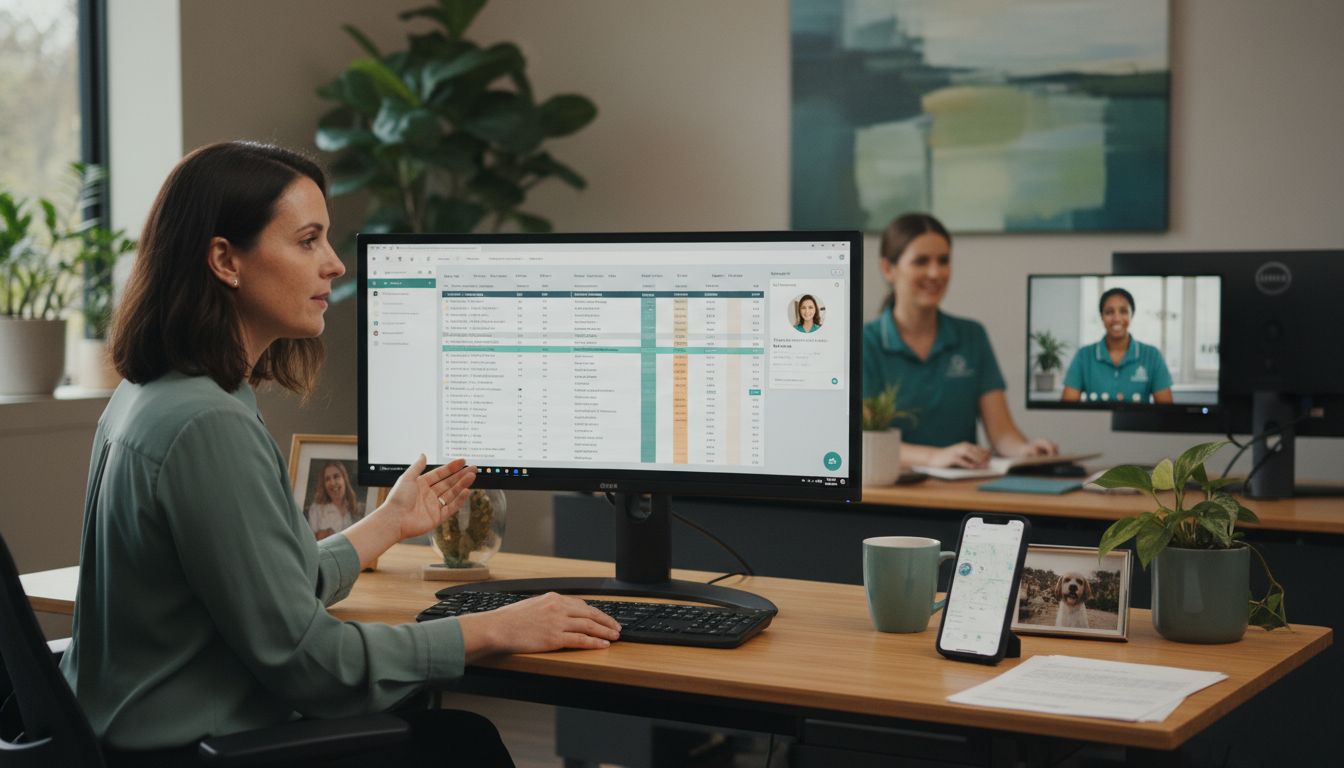
- Automated appointment booking systems
- Real-time patient status tracking
- Instant communication channels between caregivers
- Dynamic resource reallocation capabilities
- Predictive scheduling algorithms
Navigating the complexities of home care requires more than just technological tools. It demands a holistic approach that combines human expertise with intelligent digital systems. Discover essential tips for online scheduling in healthcare to understand how modern providers are revolutionizing patient care coordination.
Compliance, Security, and Communication Standards
In the complex landscape of home healthcare, compliance and security are not just regulatory requirements but fundamental pillars of patient care. According to research from the National Center for Biotechnology Information, compliance in home healthcare logistics involves meticulously adhering to regulations and standards that ensure patient safety, data protection, and effective communication among healthcare providers.
Secure communication represents the critical backbone of modern healthcare delivery. Comprehensive research from the National Library of Medicine emphasizes that robust security and communication standards are essential for protecting patient information and facilitating clear, consistent interactions between caregivers, patients, and various healthcare stakeholders.
Key aspects of compliance and secure communication include:
- HIPAA privacy rule compliance
- End-to-end encrypted communication channels
- Secure patient data management protocols
- Multi-factor authentication systems
- Regular security audits and risk assessments
- Comprehensive staff training on privacy regulations
Navigating these complex standards requires a proactive and comprehensive approach. Learn more about secure medical communication strategies to understand how leading healthcare providers are protecting patient information while maintaining seamless care delivery.
Managing Costs, Vendors, and Performance Metrics
Effective home healthcare logistics demand a strategic approach to cost management and vendor performance. According to research from the National Library of Medicine, managing costs involves comprehensive planning and leveraging performance metrics to evaluate vendor services, ensuring both cost-effectiveness and high-quality patient care.
Vendor management represents a critical dimension of healthcare operational excellence. Comprehensive studies highlight that effective vendor evaluation and performance tracking are crucial for maintaining service quality, controlling operational expenses, and consistently meeting rigorous patient care standards.
Key strategies for managing costs and vendor performance include:
- Comprehensive vendor performance scorecards
- Regular competitive bidding processes
- Data-driven cost optimization techniques
- Transparent service level agreements
- Continuous quality improvement metrics
- Advanced analytics for predictive cost management
Explore vendor management best practices for healthcare organizations to understand how leading providers are transforming their approach to operational efficiency and cost control.
Here’s a summary of key home care logistics areas and their main components:
| Logistics Area | Main Components | Purpose |
|---|---|---|
| Home Care Logistics | Medical scheduling Transportation coordination Equipment delivery Provider communication Record management |
Enable timely, personalized care in patient homes |
| Digital Ecosystems & Automation | EHR systems Automated scheduling Remote monitoring Secure communication AI analytics |
Streamline processes, boost care quality |
| Scheduling & Coordination | Appointment booking Status tracking Instant caregiver chat Resource reallocation Predictive scheduling |
Ensure efficient, adaptive patient care |
| Compliance & Security | HIPAA compliance Encrypted channels Secure data protocols Multi-factor authentication Staff privacy training |
Safeguard data, meet regulations |
| Cost & Vendor Management | Performance scorecards Competitive bidding Cost optimization SLAs Quality metrics |
Manage costs and ensure quality service |
Optimize Your Home Care Logistics Workflow with VectorCare
The “Complete Guide to Home Care Logistics Workflow” highlights the challenges healthcare providers face in managing scheduling, real-time updates, compliance, and vendor coordination. Many organizations struggle with fragmentation, delays, and administrative burdens that impact patient care and operational costs. If you are seeking to improve efficiency, ensure secure communication, and achieve better coordination across all stakeholders, this guide resonates deeply with your needs.
VectorCare offers a comprehensive digital platform built to address these exact pain points. With powerful automation, AI-driven dispatching, and seamless integration of patient transportation and home health services, you gain the tools to reduce delays and enhance patient outcomes. The platform’s focus on scheduling optimization, vendor management, and compliance supports your goal of delivering smoother, more proactive, and personalized home care.
Ready to transform your home care logistics workflow now

Discover how VectorCare can help you streamline complex home care operations with real-time updates and smart technology. Visit VectorCare to explore a scalable solution designed for healthcare providers, payers, and emergency services. Take control of your patient logistics today and start improving coordination and reducing costs immediately by learning more about our digital platform and its proven benefits.
Frequently Asked Questions
What are the key components of home care logistics?
Home care logistics involve critical components such as medical scheduling, transportation coordination, medical equipment delivery, real-time communication between healthcare providers, and patient record management. These elements ensure timely and personalized care for patients in their homes.
How do digital ecosystems improve home healthcare?
Digital ecosystems enhance home healthcare by integrating advanced technologies such as electronic health records (EHR) systems, automated scheduling platforms, remote patient monitoring, secure communication channels, and AI-driven analytics, which lead to improved communication and better patient outcomes.
What role does scheduling play in home care logistics?
Effective scheduling in home care logistics ensures that appointments are booked accurately and efficiently, enables real-time status tracking of patients, and allows for instant communication among caregivers, which together facilitate timely care delivery and adaptability to changing patient needs.
How can healthcare providers ensure compliance and security in home care logistics?
Healthcare providers can ensure compliance and security by adhering to HIPAA regulations, using end-to-end encrypted communication, implementing secure patient data management protocols, and conducting regular security training and audits to protect patient information and maintain clear communication among all stakeholders.
Recommended
- What is Patient Logistics: What You Need to Know | VectorCare
- Top Healthcare Logistics Solutions – Expert Comparison 2025
- The Hospital-at-Home Care Model: What you need to know | VectorCare
- Streamlining Hospital Workflows for Optimal Efficiency
- Essential Cleaning for New Homeowners in McKinney 2025
- Master Automating Administrative Tasks for Efficiency|CS
